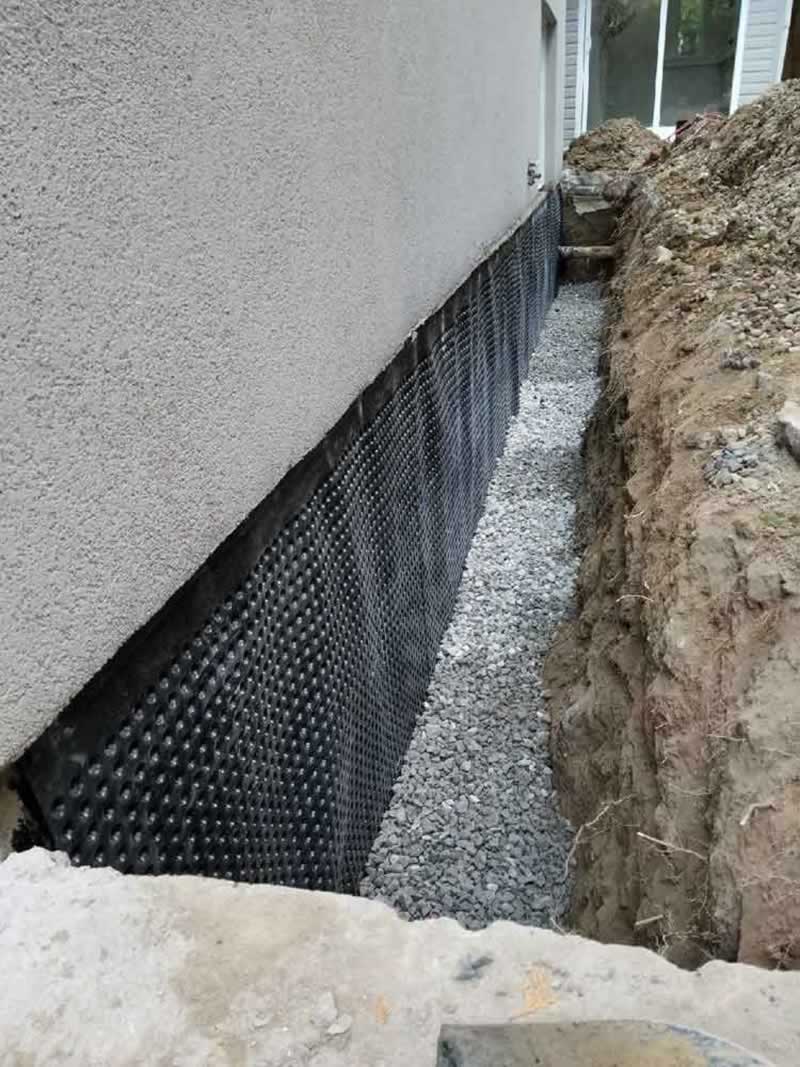Waterproofing is a vital aspect of house and construction maintenance that often gets ignored until it's too late. As DIY enthusiasts, we take pride in taking on DIY projects that enhance the protection and longevity of our homes. Understanding waterproofing is essential not just for stopping costly repairs but also for creating a comfortable place to live. Whether it's your lower level, top, or exteriors, the right waterproofing techniques can protect you thousands of dollars and protect your investment.
In this handbook, we will explore all you need to know about waterproofing, including common myths, the necessity of various applications, and the signs showing that your property may need waterproofing. We will also investigate the DIY versus expert approaches, providing you with the insights to make wise decisions that best suit your needs and resources. Let's prepare and ensure our homes continue dry and safe for a long time to come.
The Importance of Waterproofing
Waterproofing is essential for every home and building as it provides a solid defense against moisture damage, which can lead to significant repairs and structural issues over time. High levels of moisture can deteriorate foundations, foster mold growth, and damage interior finishes. By implementing proper waterproofing measures, homeowners not only protect their assets but also provide a more conducive living environment free from harmful mold and mildew.
Disregarding the need for waterproofing can lead to costly repairs that far outweigh the initial investment in preventive measures. basement waterproofing can undermine the integrity of a building, leading to serious issues such as decaying wood, rusting metals, and unattractive stains on walls and ceilings. By proactively waterproofing multiple areas, such as basements, roofs, and bathrooms, property owners significantly reduce their long-term repair costs and enhance their overall property value.
Furthermore, waterproofing plays a vital role in energy efficiency. A well-sealed building reduces drafts and stops water intrusion, which can result in higher energy bills. In eco-friendly construction, proper waterproofing contributes to a building's lifespan and resilience against environmental challenges. Implementing waterproofing solutions is more than a defensive strategy; it is a forward-thinking approach to maintaining the value and functionality of all property.

DIY Waterproofing Techniques
An efficient DIY waterproofing techniques is using a waterproof sealant to your foundation walls. Begin by scrubbing the surface carefully to eliminate any debris, dust, or old paint. After the surface is clean and free of moisture, apply a top-notch waterproofing sealant with a application tool. This will form a barrier that prevents moisture from penetrating the walls, thus lowering the risk of fungus growth and water damage. Don't neglect to pay extra attention to any cracks or seams, as these areas are often the most vulnerable.
Another useful technique is to concentrate on proper drainage around your premises. Ensure that gutters and downspouts are working correctly and directing water away from your foundation. You can also install a French drain or enhance the grading of your yard to encourage better water flow. By channeling rainwater away from your home, you significantly reduce the pressure on your foundation and lower the chances of water leaking in. Regular maintenance of your drainage systems is essential to ensure persistent protection.
Finally, think about waterproofing your outdoor spaces, such as patios and patios. Applying https://output.jsbin.com/qufibikufo/ can increase the life of these areas and prevent water damage. Look for products specifically designed for outdoor use, and ensure the surface is clean and dry before application. By taking these proactive steps, you can protect your investment and create a long-lasting living space, all while effectively engaging in DIY waterproofing.
Deciding the Best Waterproofing Solutions
Choosing the appropriate waterproofing option for your house is based on several factors, such as the specific areas that need protection, the local climate, and your budget. It's important to first assessing the most vulnerable areas, such as basements, bathrooms, roofs, and foundations. Each area may require various items and techniques to properly prevent water intrusion and damage. Understanding the different types of waterproofing systems available, such as inside vs. outside solutions, will assist you in choosing the best choice for your requirements.
Once you have pinpointed the areas of concern, investigate the different waterproofing products on the market. Look for coatings, membranes, sealants, and additives that fit your particular requirements. It's vital to consider the longevity and effectiveness of these products, as well as any available warranties. User reviews and professional recommendations can provide valuable insight into the effectiveness of different waterproofing solutions. Don't hesitate to consult professionals if you are unsure about the best option for your situation.
Finally, consider whether a DIY approach or hiring a professional is the right path for your waterproofing project. While DIY solutions can save money and give you hands-on experience, they may not always yield the best results, especially for larger or more complicated jobs. On the other hand, professional services can ensure a thorough execution and compliance with local building codes. Evaluating the pros and cons of each approach will assist you decide which way to proceed, ultimately leading to effective waterproofing that safeguards your property.
